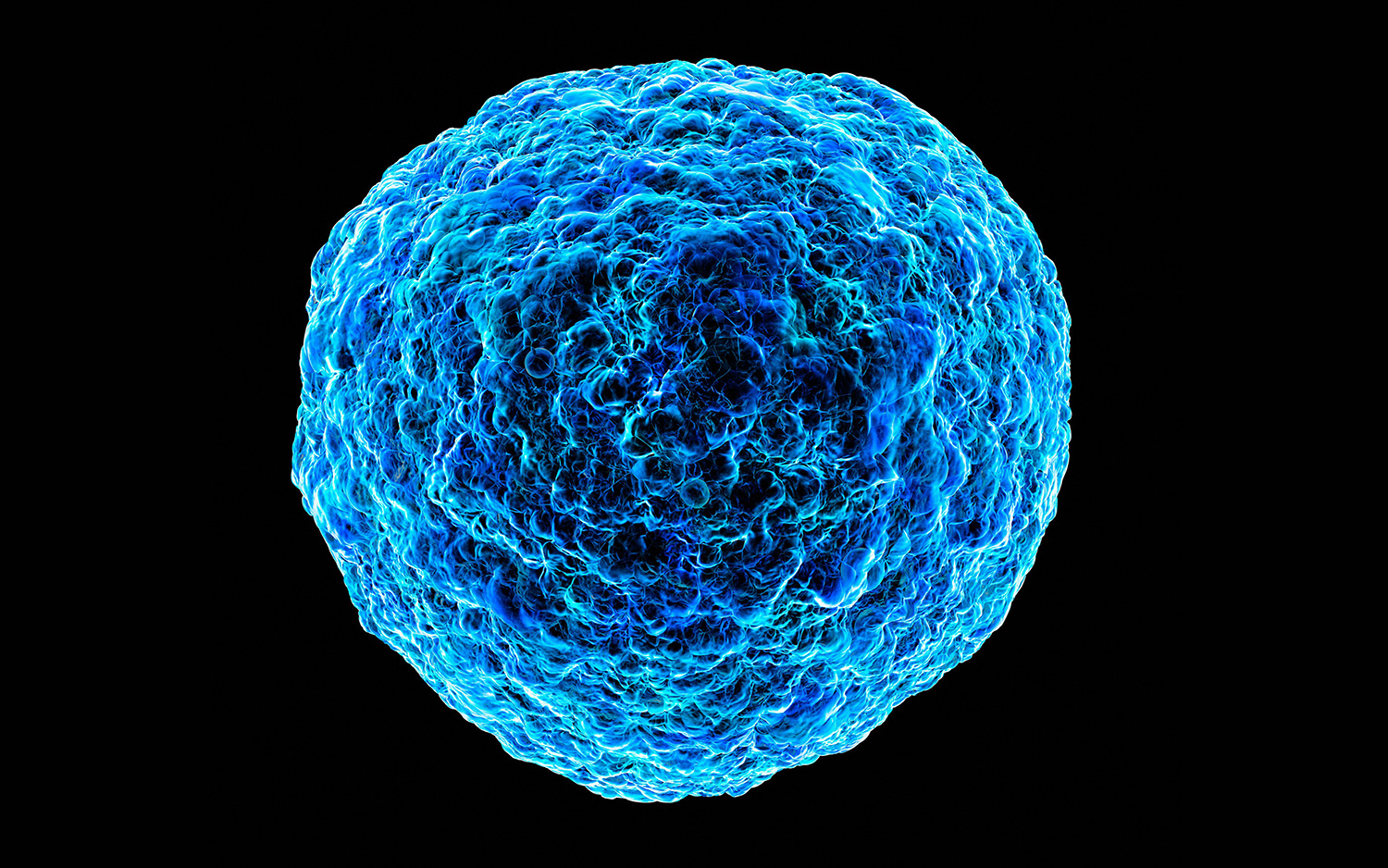HIV Has a 'Long Lost' Cousin: What You Should Know About This Virus

It's related to HIV, yet you've probably never heard of it: a virus called human T-cell leukemia virus type 1, or HTLV-1.
But now, high rates of HTLV-1 in parts of Australia are prompting some scientists to call for increased efforts to prevent the spread of the disease, according to news reports.
In remote regions of central Australia, rates of HTLV-1 infection exceed 40 percent among adults, with indigenous communities most affected, according to CNN. "The prevalence is off the charts" in Australia, Dr. Robert Gallo, co-founder and director of the Institute of Human Virology at the University of Maryland School of Medicine, who helped discover HTLV-1 in 1979, told CNN. Yet there's been little research to develop treatments or a vaccine for the disease, Gallo said. [27 Devastating Infectious Diseases]
HIV vs. HTLV-1
But what exactly is HTLV-1, and how is it different from HIV?
HTLV-1 is a "distant cousin" of HIV that's found primarily in parts of sub-Saharan Africa, Latin America, the Caribbean, Japan and central Australia, according to Imperial College London. The virus infects white blood cells known as T cells, and in rare cases, it can cause aggressive leukemia, a cancer of white blood cells, according to the National Institutes of Health's Genetic and Rare Diseases Information Center (GARD). People infected with HTLV-1 can also develop a neurological condition that often results in losing the ability to walk, GARD said.
HTLV-1 shares some similarities with HIV, but there are also some key differences between the viruses.
Like HIV, HTLV-1 can be spread through sexual activity, blood transfusions and the sharing of needles, and it can also pass from mother to child during birth or breastfeeding, according to GARD.
Sign up for the Live Science daily newsletter now
Get the world’s most fascinating discoveries delivered straight to your inbox.
However, HTLV-1 is not as easily transmitted as HIV, and only a small proportion of people who get HTLV-1 will ever get sick, said Dr. William Schaffner, an infectious-disease specialist at Vanderbilt University Medical Center in Nashville, Tennessee.
"Unlike HIV, which almost invariably makes you ill, only 2 to 6 percent of [people infected with HTLV-1] will ever develop an illness," Schaffner told Live Science.
This means that although an estimated 20 million people worldwide are infected with HTLV-1, the vast majority of those people will remain asymptomatic for their entire lives, according to a 2010 review paper on HTLV-1. (These infections are centered in certain parts of the world, meaning the infection is not very common outside of those areas. In the United States, a 2014 study of HTLV-1 and the related HTLV-2 among blood donors found that the rates of these infections were about 22 per 100,000 people, or 0.02 percent.)
In addition, people who do get sick from HTLV-1 usually don't show symptoms until about 20 to 30 years after they were infected, Schaffner said. For comparison, the median time from HIV infection to the development of AIDS is about 10 years, although it can be sooner for certain populations, according to the University of California, San Francisco.
These differences between HIV and HLTV-1 likely played a role in why the latter is less well-known, and less studied, Schaffner said.
But now "we have to make up for what we didn't do before," said Gallo, who also helped discover HIV after his work on HTLV. "We have to get attention to HTLV-1 quick," Gallo told CNN.
Schaffner noted that work done by Gallo and colleagues on HTLV was beneficial to studying HIV, and now the "work in HIV could cycle back … and help research in HTLV." In particular, the development of an HIV vaccine may help accelerate research into an HTLV vaccine.
"If we could solve the HIV vaccine puzzle, I think the results of that research" could perhaps be translated to help with the development of an HTLV vaccine, Schaffner said.
Original article on Live Science.

Rachael is a Live Science contributor, and was a former channel editor and senior writer for Live Science between 2010 and 2022. She has a master's degree in journalism from New York University's Science, Health and Environmental Reporting Program. She also holds a B.S. in molecular biology and an M.S. in biology from the University of California, San Diego. Her work has appeared in Scienceline, The Washington Post and Scientific American.









